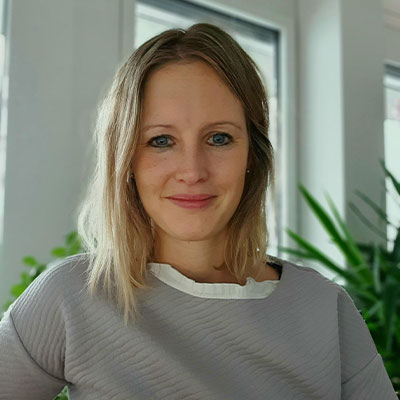Swisscom Job
«Historically, Solution Architects were lonely fighters. Today, Swisscom's setup begs to differ.»
Yana's and Simon's journeys through the (European) IT landscape have been very different. Today, both their experiences and know-how come together in the community of Solution Architects at Swisscom. In this interview they shed light on their day-to-day as Solution Architects and the benefits of being part of a community that fosters knowledge exchange and teamwork among job profiles that are used to be "lonely fighters". But beware: Their positive drive and energy might make you want to come work with them; so read along and click on the job portal link at the very end for open positions!


